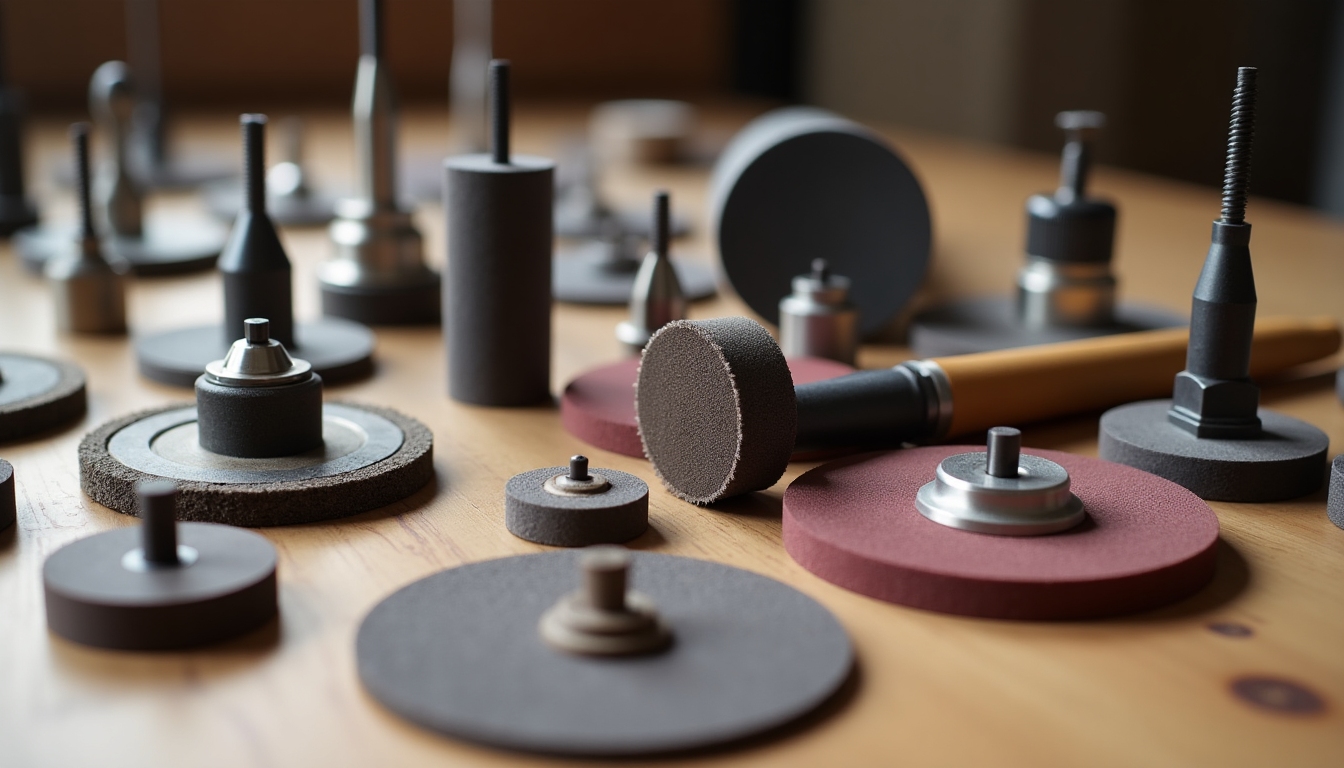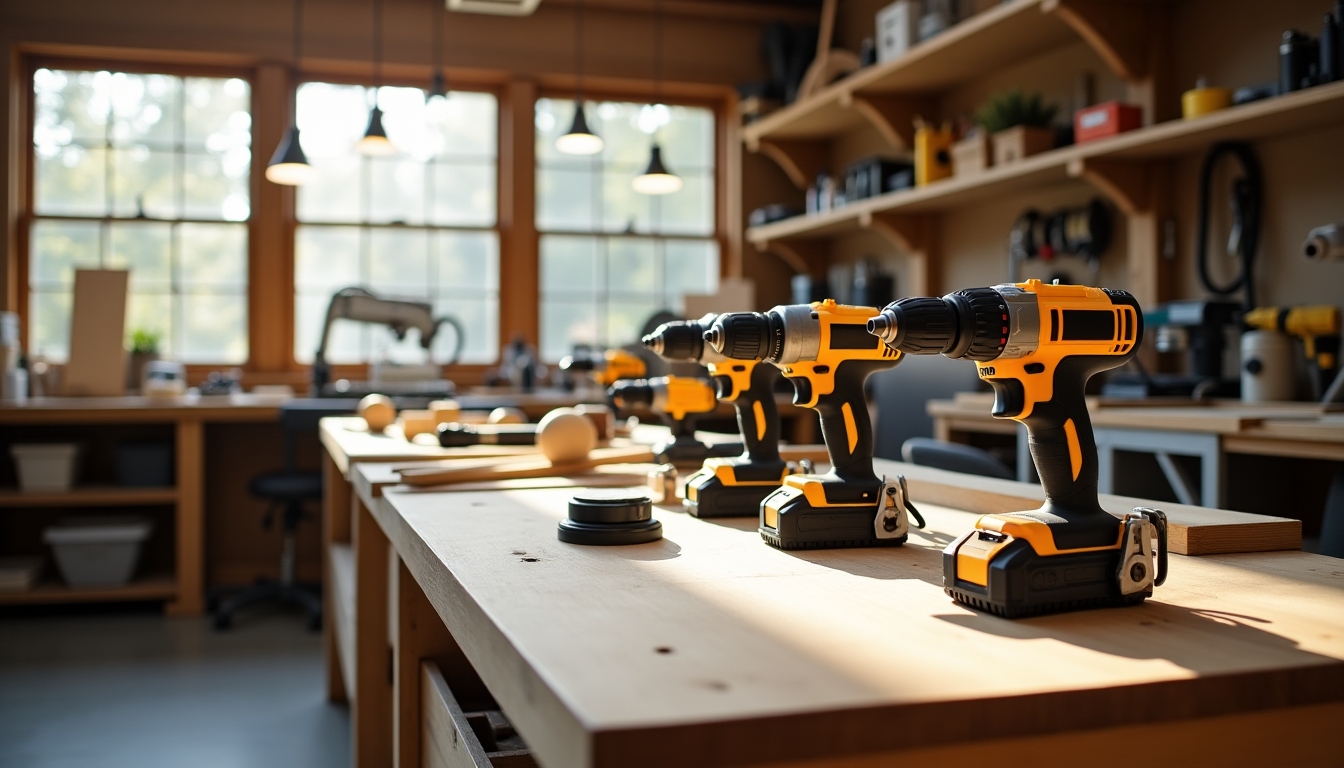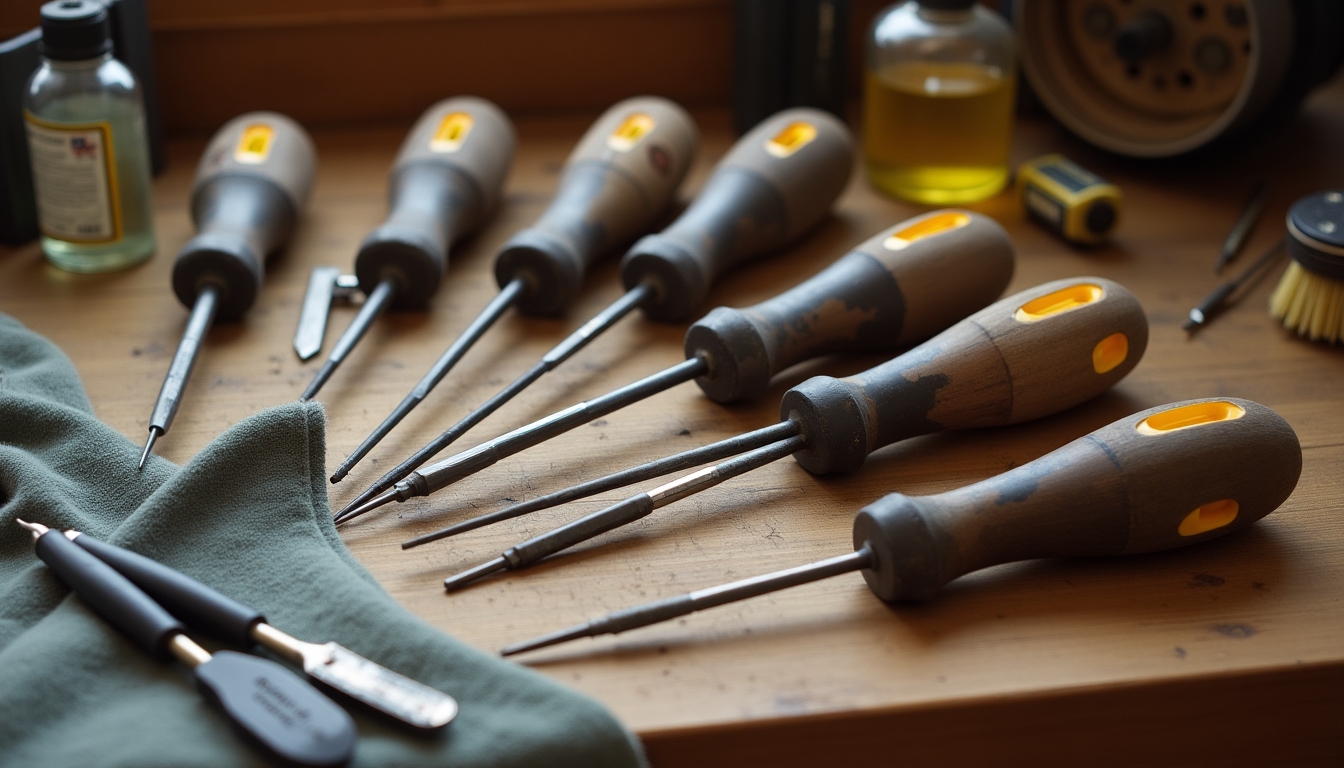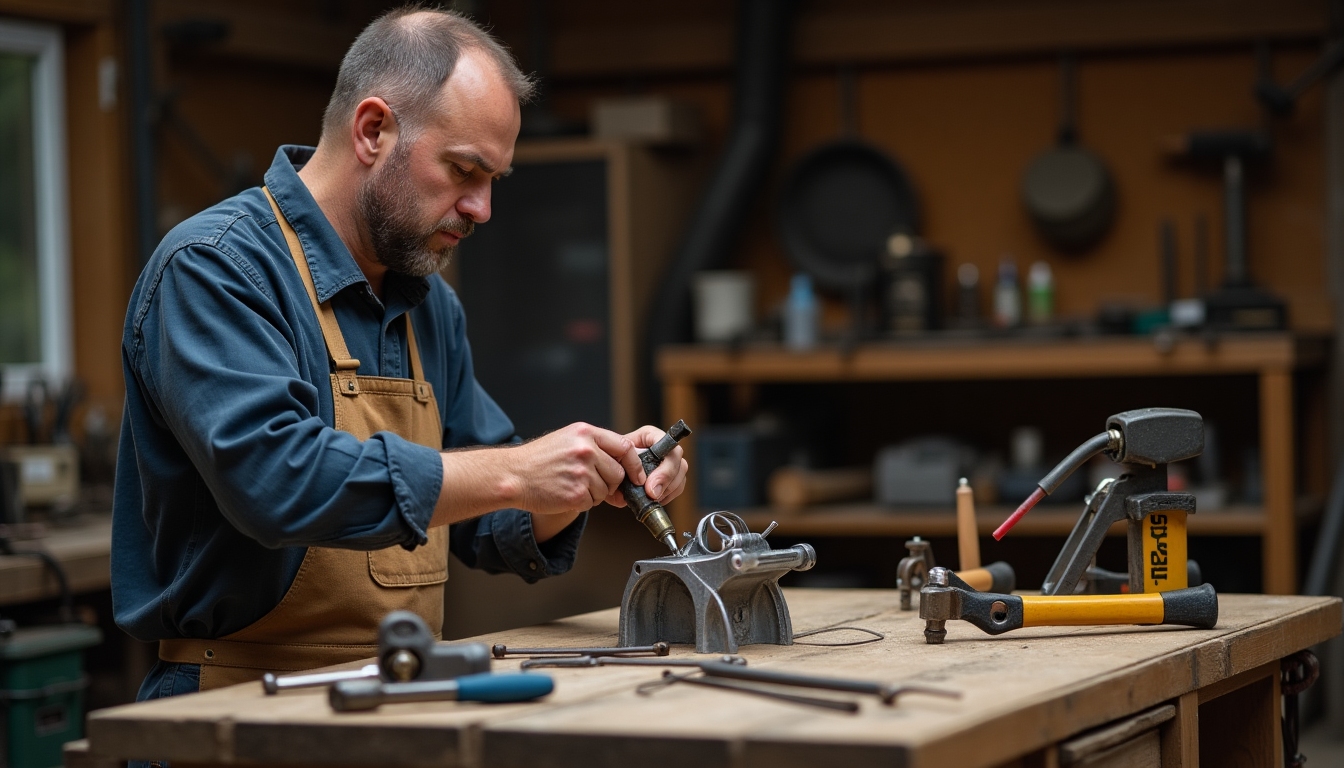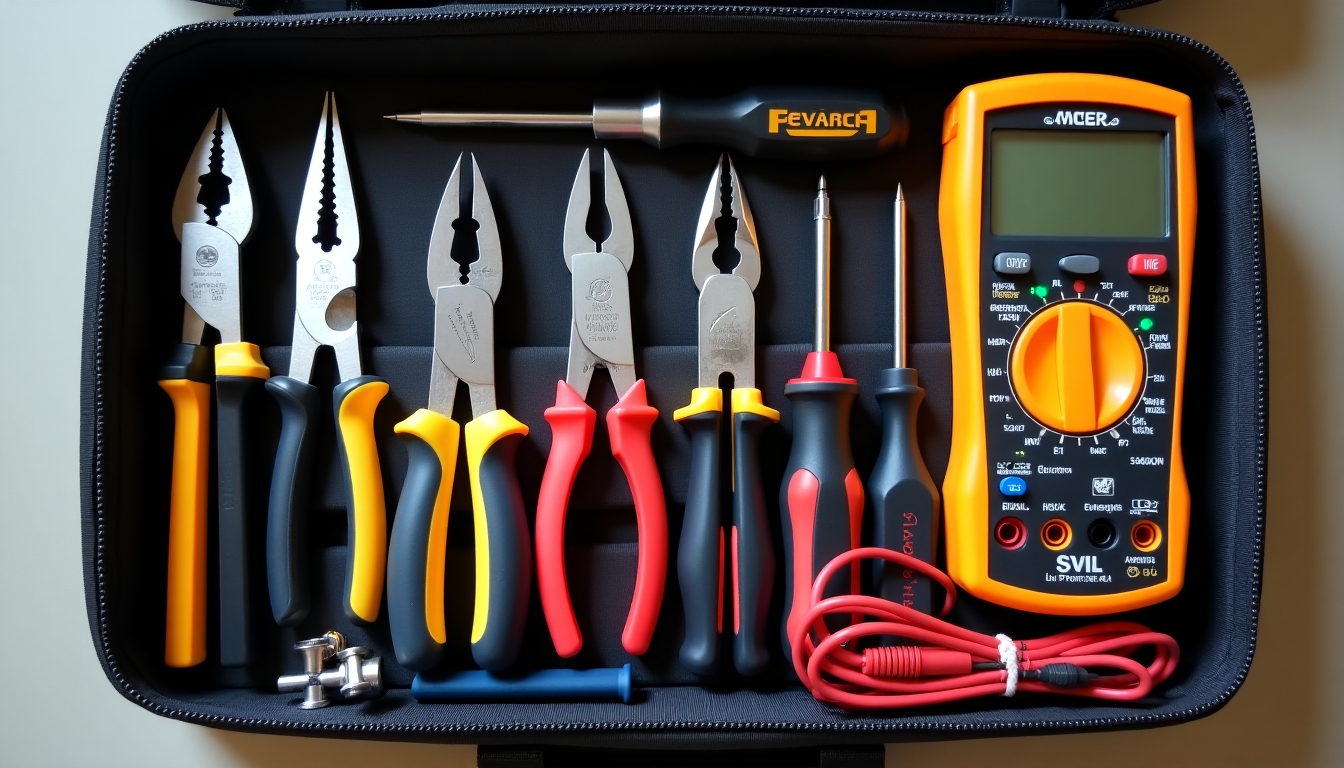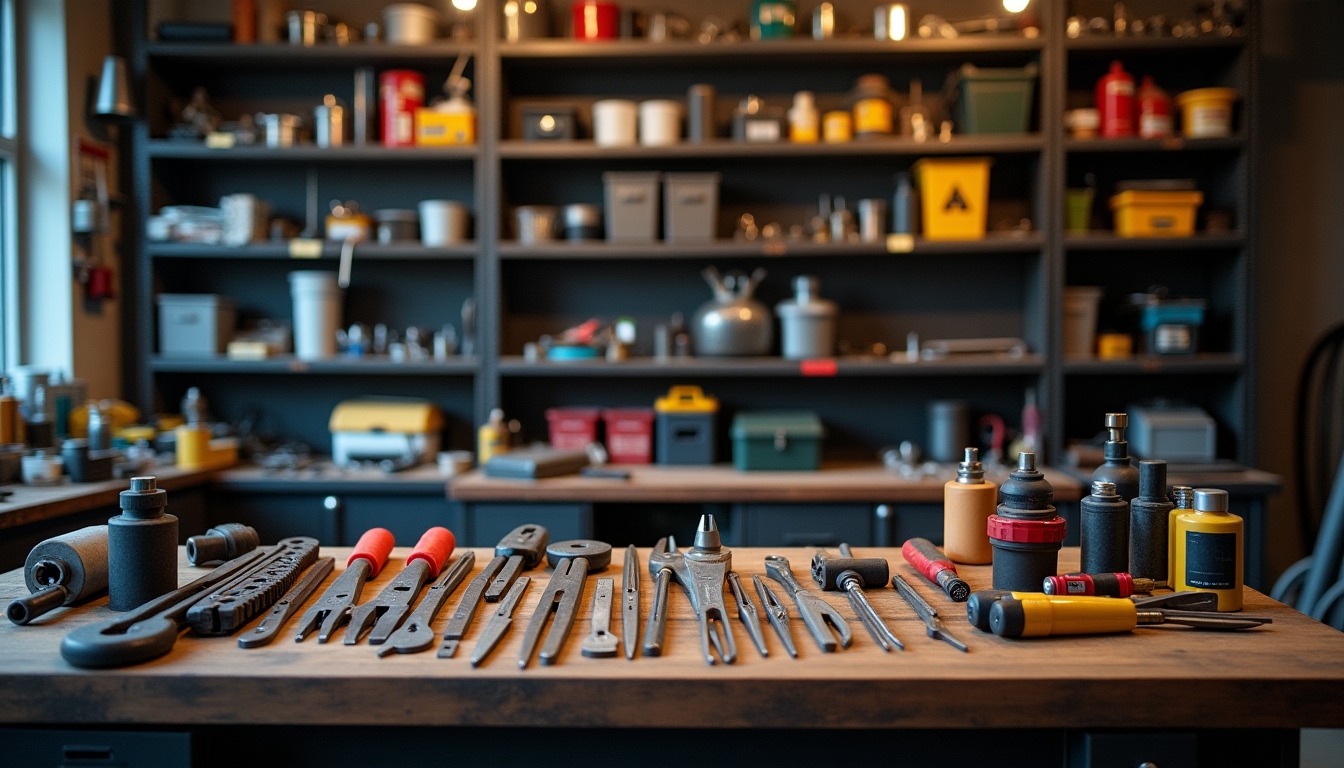Tool belts are a must-have for anyone working with tools daily. They keep everything you need close at hand. But not all tool belts are created equal. Tool belts with ergonomic designs take things to the next level by focusing on comfort and ease. In this guide, we’ll cover why these belts matter, how they work, and how to choose one that fits you perfectly.
Why Ergonomic Tool Belts Matter
For workers, a tool belt is more than just storage—it’s a partner on the job. Regular tool belts can dig into your hips or strain your back after hours of wear. That’s where ergonomic designs shine. They’re built to feel good and keep you moving, no matter how long your day gets. Think less pain, more focus.
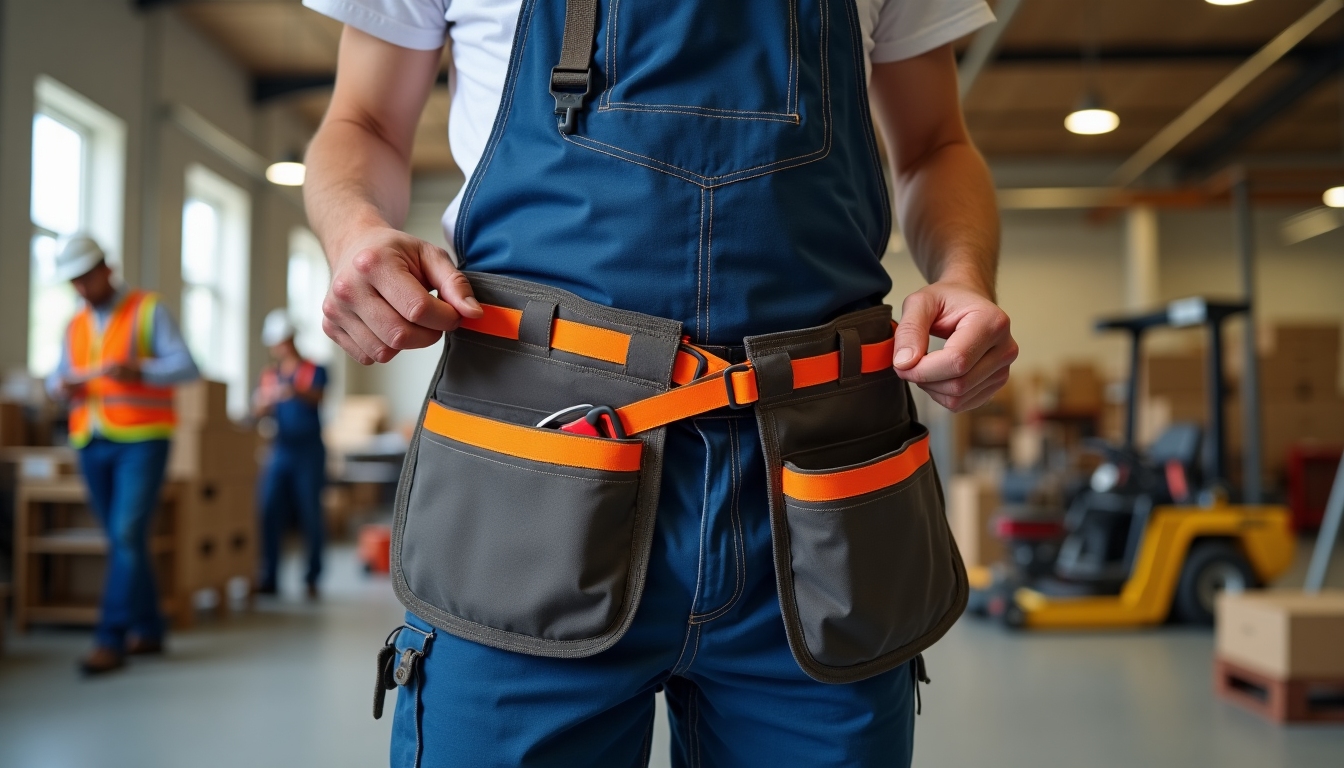
What Makes a Tool Belt Ergonomic?
So, what sets these belts apart? It’s all about the details. Here’s what to look for:
- Adjustable Straps: They let you tweak the fit to your body.
- Padding: Soft spots cushion your hips and back.
- Even Weight Spread: Tools don’t pull you down on one side.
- Breathable Fabric: Keeps you cool, even in the heat.
- Smart Storage: Pockets and loops put tools right where you need them.
These features aren’t just fancy add-ons. They make a real difference. I’ve worn both kinds of belts, and the ergonomic ones feel like a hug compared to the stiff, heavy ones I started with. My back thanks me every time.
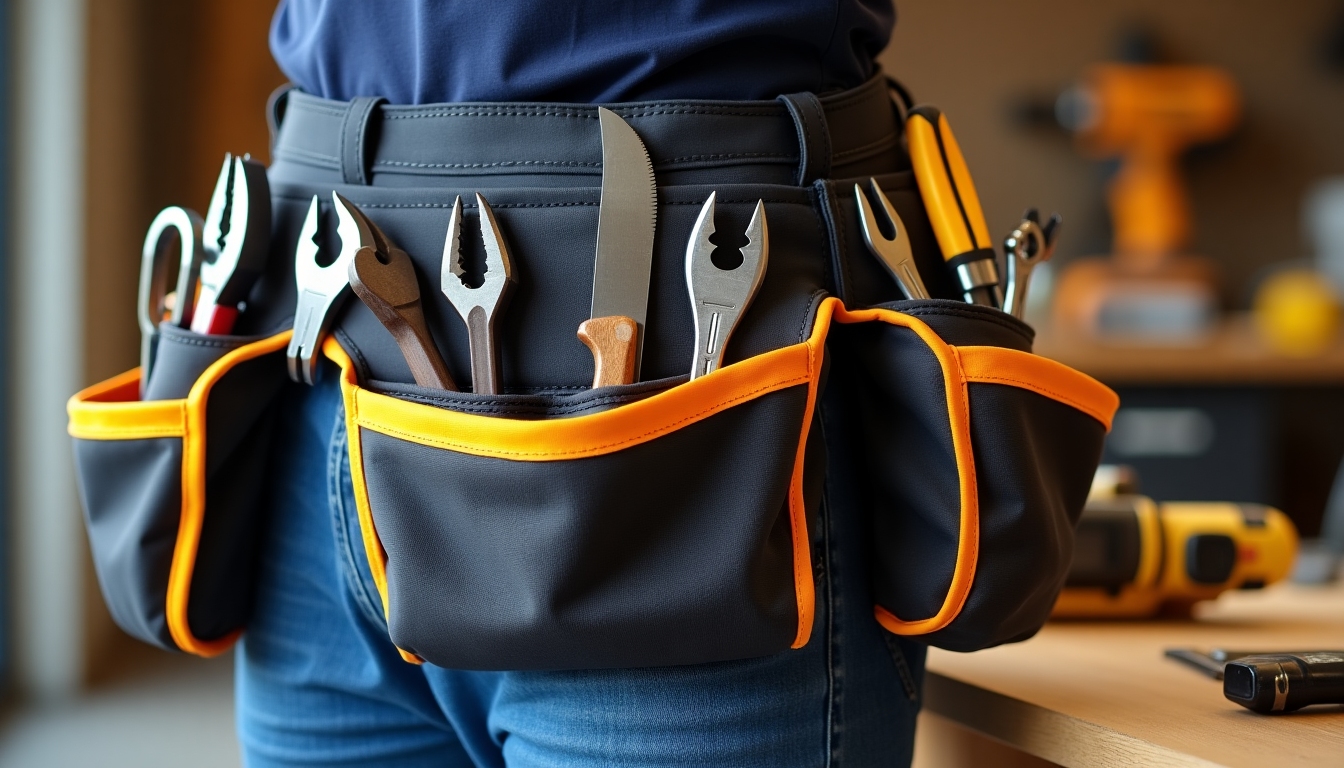
Benefits of Using Ergonomic Tool Belts
Switching to an ergonomic tool belt can change your workday. Here’s how:
- Less Pain: Weight spreads out, so your body doesn’t ache.
- Better Movement: You’re not fighting a bulky belt all day.
- Faster Work: Tools stay handy, cutting wasted time.
- Safer Days: A good fit means fewer dropped tools or trips.
I noticed this myself on a big project. With my old belt, I’d be sore by lunch. With the ergonomic one, I kept going strong. It’s like the belt works with you, not against you.
How to Pick the Right One
Choosing a tool belt isn’t one-size-fits-all. Here’s what to think about:
| Factor | What to Check |
|---|---|
| Size | Adjustable to your waist |
| Material | Tough but light and breathable |
| Pockets | Enough for your workman tools |
| Weight Limit | Can handle your gear |
| Brand | Known for quality |
Take your time with this. A belt that fits your body and your job is worth it.
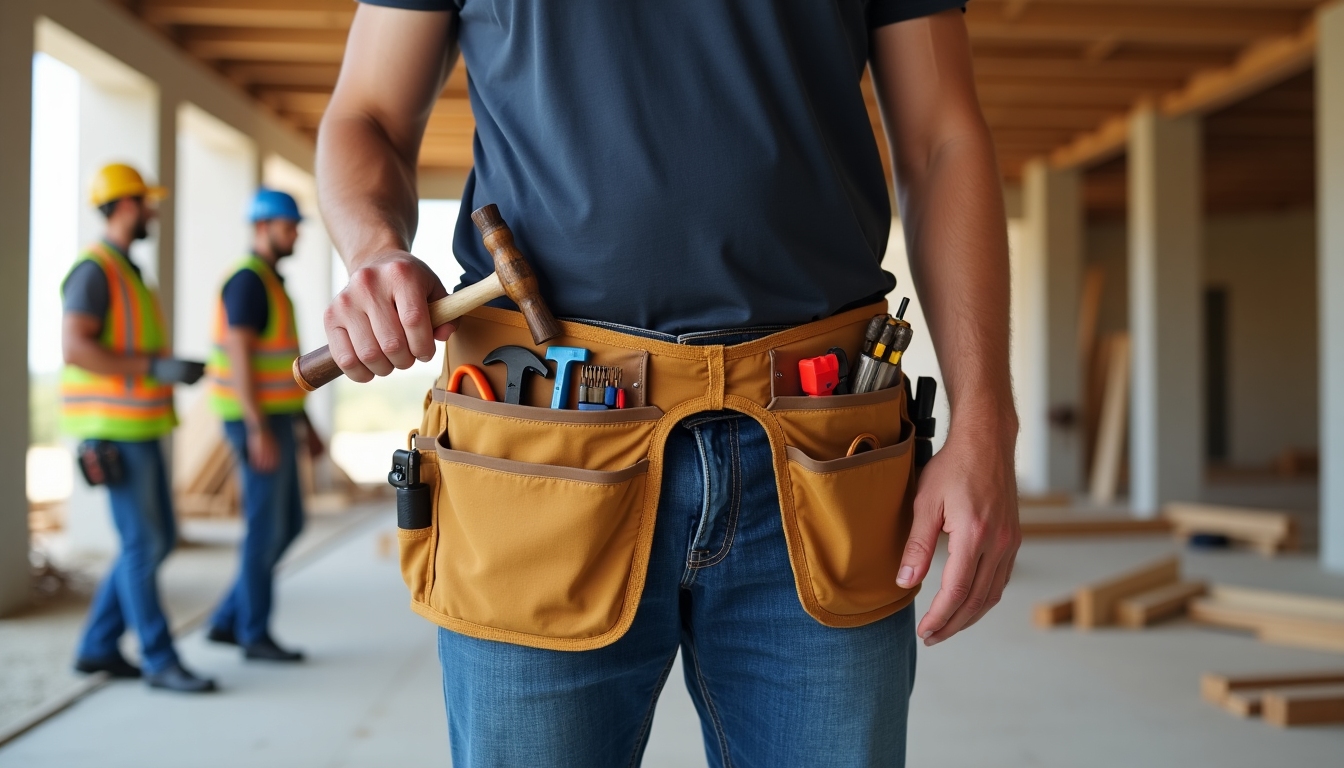
My Experience with Ergonomic Tool Belts
As someone who loves fixing things around the house, I’ve tested my share of tool belts. The best one I’ve found has thick padding and straps I can adjust in seconds. It holds all my workman tools—hammer, screws, tape measure—without feeling like a weight around my waist. Even on hot days, the fabric doesn’t trap sweat. I can work longer and feel better doing it.
Tips to Get the Most Out of Your Belt
Once you’ve got your tool belt with an ergonomic design, use it right. Here’s how:
- Fit It Well: Adjust the straps so it sits snug but not tight.
- Sort Your Tools: Keep what you use most in front.
- Spread the Load: Balance tools on both sides.
- Rest Up: Take short breaks to stretch.
- Clean It: Wipe it down to keep it in shape.
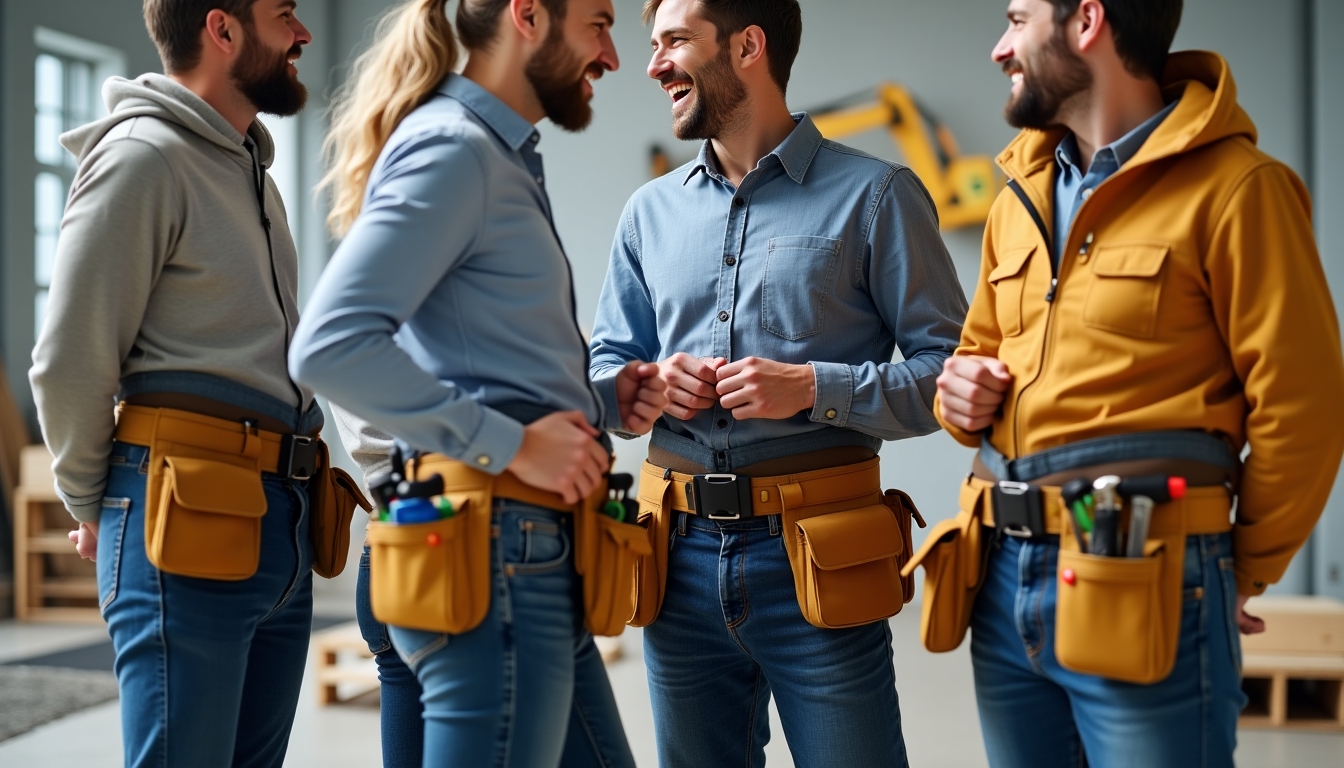
Common Mistakes to Avoid
Even with a great belt, mistakes happen. Don’t overload it—too many tools defeat the ergonomic point. Skip cheap models; they wear out fast and lack support. And don’t ignore the fit. A loose belt slides around, and a tight one pinches. Get it just right.
Who Needs an Ergonomic Tool Belt?
Anyone who uses workman tools should consider one. Carpenters, electricians, plumbers, even weekend warriors like me—these belts help everyone. If you’re on your feet with tools all day, the comfort adds up fast. It’s not just for pros; it’s for anyone who wants to work smarter.
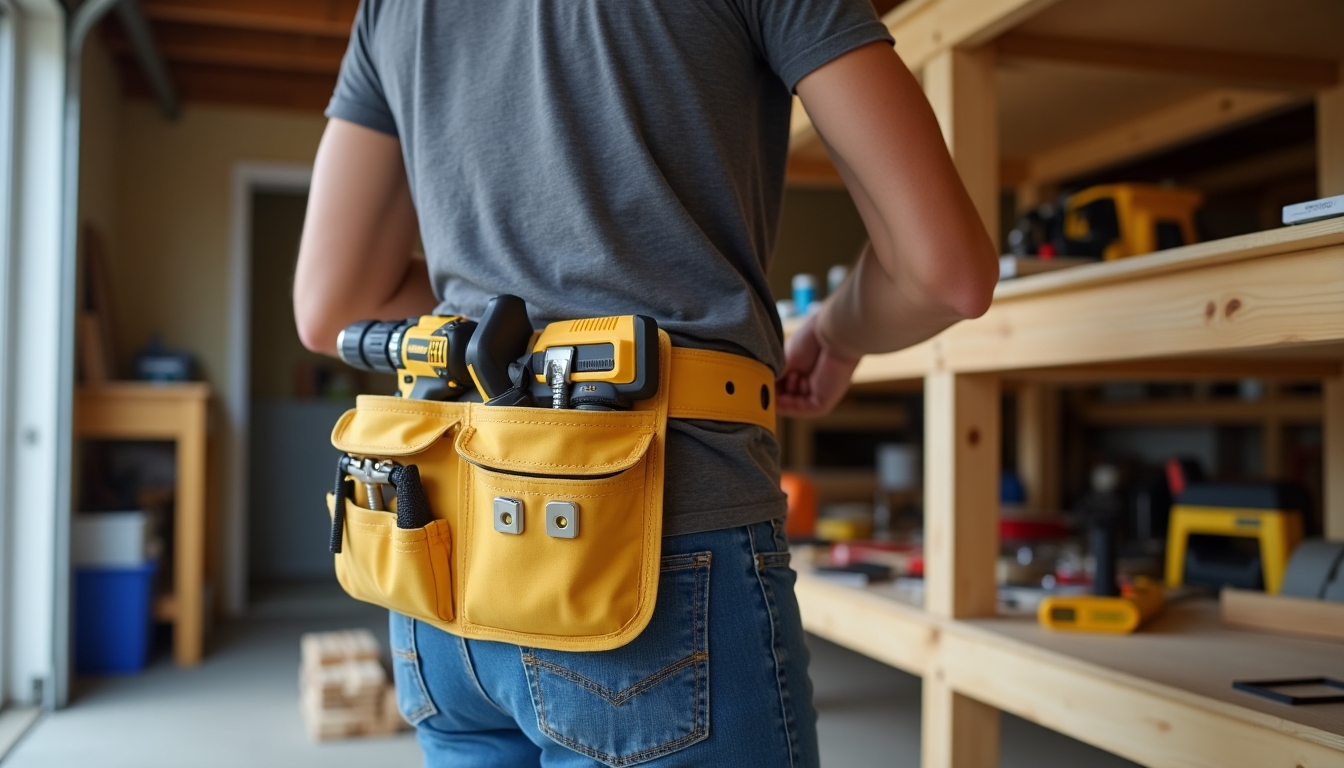
Final Thoughts
Tool belts with ergonomic designs aren’t just a trend—they’re a game-changer. They cut down on pain, boost your efficiency, and make work feel easier. Whether you’re a pro or a hobbyist, picking the right belt can transform your day. Try one out, adjust it to fit, and see the difference for yourself.
Related tool belts with ergonomic designs:
- Essential Workman Tools: Must-Haves for Every Toolbox
- Mastering Rotary Tool Accessories and Attachments
- The Ultimate Guide to Power Tools for Woodworking Enthusiasts
- Top Screwdriver Maintenance Tips
- Power Washer Maintenance Tips
- Features to Look for in a Workbench
- Essential Tool Maintenance and Care Tips
- Choosing the Right Hammer for Your Projects
- The Essential Guide to Electrical Tools
- Workman Tools for Automotive Repair
- Essential Screwdrivers for Mechanics
- Essential Tool Sets for Automotive Repairs

